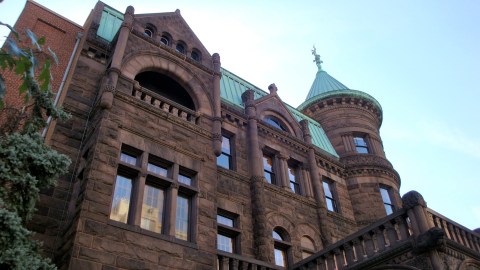–William Faulkner, Requiem for a Nun
If some scientists and visionaries have their way, Faulkner’s pronouncement may hold true for species as well . The Long Now Foundation’s Revive and Restore initiative is just one of several projects trying to use genetic material retrieved from museum specimens to recreate vanished species.
These efforts are problematic for a number of reasons, among them:
- As researchers freely admit, they are not really “cloning” or recreating a species, so much as trying to create a reasonable genetic approximation.
- Clarifying the goal. Is the intent to create one-off individuals, and if so, why? To satisfy curiosity? Provide a supply of high-end, high[-status pets?
- If the goal is to produce viable populations, where will they live? As I heard one skeptic remark, if we restore the vast flocks of Passenger Pigeons that once blanketed the skies of America, we will have to cope with the poop they deposited–which contributed inches-thick layers of fertilizer to ancient forests. In modern cities? Maybe not so helpful.
- Species don’t exist independent of ecosystems. If we want to restore self-sustaining populations, are we committed to reviving the key species on which they fed, and their predators?
I am particularly intrigued by these efforts not because of the prospect of Mammoths or Passenger Pigeons roaming the world again (cool as that thought may be), but because of what they mean for the work of museums–particularly zoos and botanical gardens.
As we fight a rearguard action against the current soaring rate of extinction, our field is creating genetic repositories for plants and animals, reasoning that even if the last representative of a species or variety disappears, we may be able to revive it in the future.
In the context of concerted efforts to restore whole ecosystems (such as the forests of Hawaii), reintroduction of recently extirpated species may make sense.
But given the vast shifts in habitat caused by development and climate change, how long before these newly extinct species have, like the Mammoth, no real home to return to?
Your Futurist Friday assignment: watch the video, above [1.34 minutes] and consider:
If we perfect the technologies needed to revive extinct species (or create close approximations), how should those technologies be applied, and to what end?








